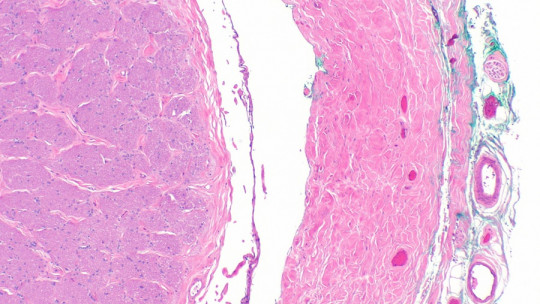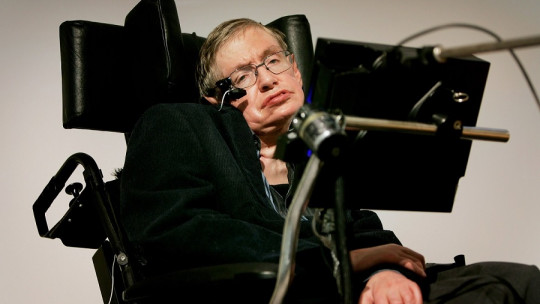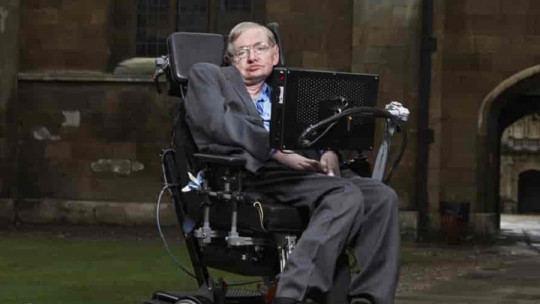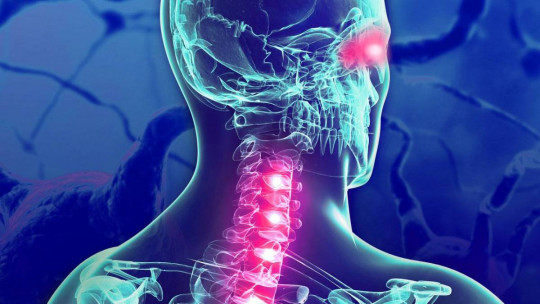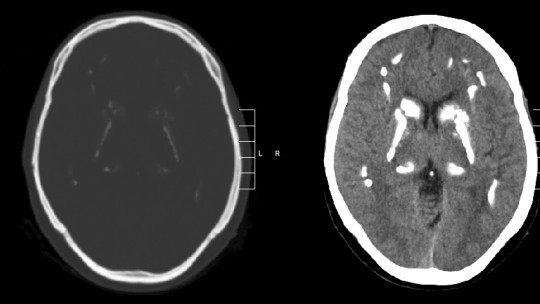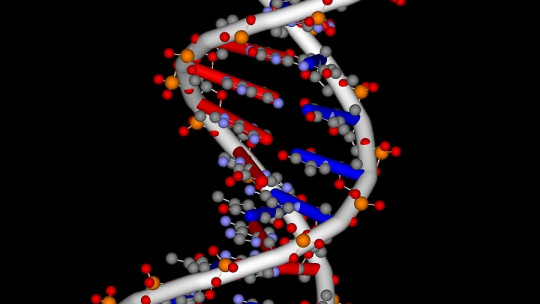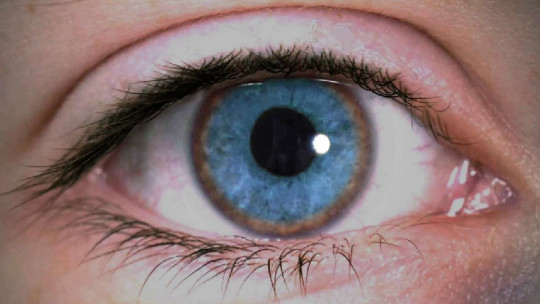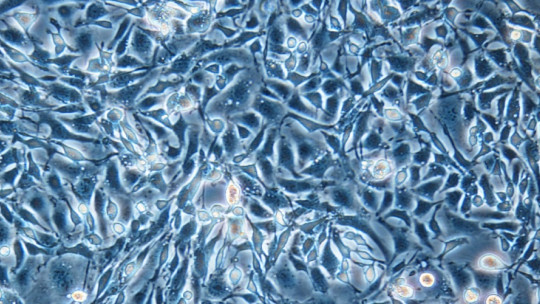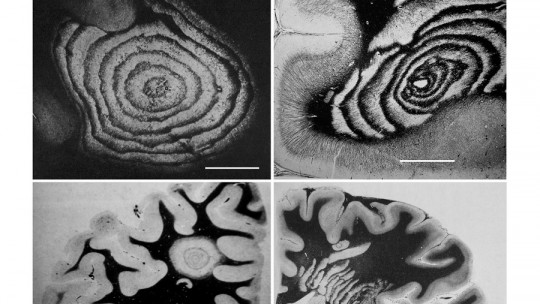
Baló disease is a rare neurological disease, similar to multiple sclerosis, which affects the myelin in the brain and produces symptoms such as muscle spasms, paralysis or seizures. It is a very disabling disease and as of today there is no cure.
In this article we explain in more detail what the disease consists of, what its causes are, the symptoms it causes and the usual treatment indicated.
What is Baló disease?
Baló disease or Baló concentric sclerosis was described in 1928 by the Hungarian doctor Jozsef Baló. It is a rare demyelinating disease (in which myelin, the protective layer of axons, is damaged), considered a variant of multiple sclerosis.
The term “concentric sclerosis” is due to the presence of a pattern of concentric (circular) areas of damaged myelin that alternate with relatively intact areas of myelin in various areas of the brain and spinal cord.
Generally, Baló disease presents acutely and affects, as occurs with multiple sclerosis, young adults, with rapid progression until the person dies However, cases have also been reported in which a progressive course, partial or even total remissions have occurred, both spontaneously and followed by conventional therapeutic treatments.
This rare disease affects men and women equally, and Its incidence seems to be more common in people of oriental origin especially originating from countries like China and the Philippines.
Causes and diagnosis
Although the causes of Baló disease and its variants are currently unknown, there are studies that indicate that autoimmune factors may play a prominent role in its development
Autoimmune disorders occur when the body’s natural defenses against foreign or invading organisms begin to attack healthy tissue for unknown reasons, causing inflammation (swelling).
Nor are the causes of the recovery observed in some patients who have received, or not, the indicated treatment for Baló’s disease currently known, so in this sense there is still much to investigate
Years ago, the diagnosis of this disease was obtained after performing an autopsy on the deceased patient. However, today, with new neuroimaging techniques, earlier detection of the disorder is now possible.
Professionals usually rely on consistent and specific clinical signs and symptoms, trying to exclude other neurological diseases. In magnetic resonance images, the concentric rings characteristic of this disease can be observed.
Symptoms of the disease
The characteristic symptoms of Baló disease vary depending on the areas of the brain that are affected. Demyelinating lesions in the brain can be located in any area (cerebrum, cerebellum or brain stem).
The sessions usually consist of irregular patches of demyelination that extend in a series of concentric circles, as we mentioned at the beginning. The symptoms caused by the disease are very varied: persistent headache, progressive paralysis, involuntary muscle spasms, seizures, intellectual disability and cognitive loss or impairment.
The symptoms caused by Baló disease can be very disabling for the person who suffers from them and can seriously threaten their life, progressing rapidly in a few weeks or, on the contrary, evolving more slowly over 2 or 3 years.
Treatment
Due to the low incidence of a disorder such as Baló’s disease and the limited number of cases described, no systematic studies have been carried out for the treatment of the disease.
The usual treatment is the same as that applied to people who suffer from multiple sclerosis flares ; that is, consumption of corticosteroids at high doses to reduce the severity of acute presentations, through their anti-inflammatory actions. The use of immunosuppressive drugs seems to be indicated due to the associated poor prognosis.
Treatment to relieve symptoms such as spasticity, weakness, pain, or ataxia, includes pharmacological and rehabilitation modalities However, Baló’s disease has a fatal course and lacks episodes of exacerbation and remission, as occurs in multiple sclerosis.
Related disorders
Baló’s disease shares symptoms with another series of neurological diseases, which is why it is important to know what they are to make an appropriate diagnosis.
1. Adrenoleukodystrophy
It is a rare inherited metabolic disorder characterized by Brain demyelination and progressive degeneration of the adrenal gland
Symptoms of this disorder include: generalized muscle weakness (hypotonia), exaggerated reflex responses (hyperreflexia), impaired ability to coordinate movements (ataxia), spastic partial paralysis, and/or tingling or burning sensations in the arms or legs.
2. Multiple sclerosis
Multiple sclerosis is a disease of the central nervous system that causes the destruction of myelin or brain demyelination.
The course of the disorder is variable, since the patient may relapse, remit symptoms or stabilize Symptoms of this disease include double vision (diplopia), involuntary rhythmic eye movements (nystagmus), impaired speech, numbness of the arms and legs, difficulty walking, etc.
3. Canavan Leukodystrophy
It is a rare inherited type of leukodystrophy characterized by progressive degeneration of the central nervous system. Symptoms include progressive mental deterioration accompanied by increased muscle tone (hypertonia), an enlarged brain (megalocephaly), poor head control and/or blindness.
Symptoms usually begin during childhood and may include a general lack of interest in daily life (apathy), muscle weakness (hypotonia), and the loss of previously acquired mental and motor skills. As the disease progresses, there may be spastic muscle contractions in the arms and legs, lack of muscle strength in the neck, swelling of the brain (megalocephaly), and paralysis.
4. Alexander disease
Alexander disease is an extremely rare progressive metabolic disorder that is commonly inherited. It is one of the subtypes of leukodystrophy. This disorder is characterized by demyelination and the formation of abnormal fibers (Rosenthal fibers) in the brain.
Symptoms of this disease may include muscle spasms, mental deterioration and/or growth delays Most babies with Alexander disease have an abnormally large head (megalencephaly), failure to grow, and seizures.

